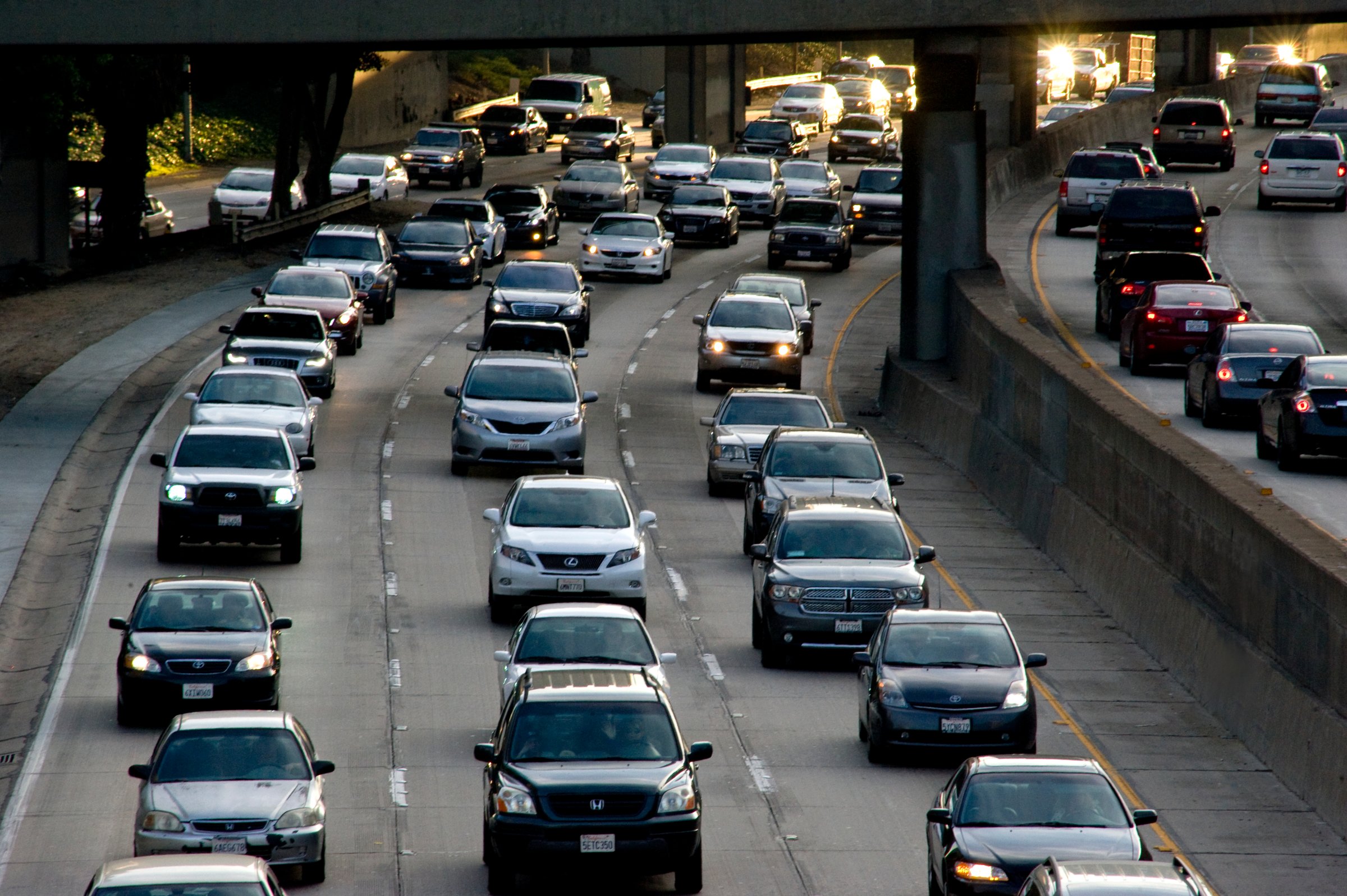
There is a new population of the elderly in the U.S. They are 284 million strong, their numbers are growing everyday, and their age is eye-popping: 12.5 years on average. That may not be much for you and me, but this senescent set is not made up of people, but cars. Never before has the American fleet of vehicles been so old—and that spells bad news for the long dreamed-of phase-out of gas powered vehicles, and the environment as a whole.
More from TIME
The new news on old cars comes courtesy of a recently released study by S&P Global Mobility, an independent research and policy group, which regularly tracks the state of the U.S. auto fleet and has seen some troubling trends of late. For six years in a row, cars on American roads have been getting older, with the biggest jump coming in the last three years, thanks in large measure to the COVID-19 pandemic. Supply chain issues caused by the pandemic and the related lockdowns led to a global shortage of computer chips on which new cars are increasingly dependent, driving down automotive supply and driving up vehicle prices. The average sticker price of a new car currently tops $48,000. Interest rate increases to battle inflation have driven the average loan rate for new cars above 6%. All of this has made people who would normally be ready to trade in their old cars more likely to hold onto them longer. Retail sales for new cars fell 8% from 14.6 million vehicles in 2021 to 13.9 million in 2022; that’s the lowest total of new car sales in over a decade.
“Multiple factors have driven vehicle costs higher while the cost of eggs and groceries and gasoline and everything else has gone up too,” says Todd Campeau, associate director of aftermarket solutions with S&P Global Mobility. “So the disposable income for households is already constrained and for many people, the thought of taking on a new car loan is something they’re reluctant to do.”
A version of this story also appears in the Climate is Everything newsletter. To sign up, click here.
That hits the climate in a number of ways. For one thing, says Campeau, cars built 12.5 years ago are simply dirtier than cars that have benefited from improvements in fuel efficiency built into newer gas-powered vehicles. What’s more, even an old car that started out fuel-efficient will become less so as it ages.
“A car gets worse over time,” says Campeau. “It becomes less efficient. Just like humans as we get older, our bodies do not run at optimum once we get past a certain age.”
For electric vehicles, the question of age is moving in the opposite direction. There are currently just over two million EVs on the road in the U.S., representing less than 1% of the overall fleet—and they’re getting younger, not older. The average age of an EV is now 3.6 years, according to S&P, down from 3.7 in 2022. That’s because existing owners with money to spend are trading up, while less wealthy buyers are frozen out of the market as they face high interest rates coupled with the sticker shock for EVs, which currently cost close to $59,000 on average.
As to what this means for the replacement of the more than quarter-billion gas-powered vehicles on the road with clean electric ones, the outlook is not good. As owners hold onto their cars longer and the cost of electric vehicles remains high, Campeau does not see an electric switchover happening any time soon. Even if every vehicle sold going forward were electric, it would still take a decade to replace just half of the gas-powered fleet. Since every vehicle sold most assuredly won’t be electric, Campeau doesn’t see EVs outnumbering combustion vehicles for decades.
“I would put it in the 2040s,” he says. “Maybe even 2050.” American motorists may indeed be looking at a climate-friendly, all-electric future—but that future will be a long time in coming.
More Must-Reads from TIME
- Cybersecurity Experts Are Sounding the Alarm on DOGE
- Meet the 2025 Women of the Year
- The Harsh Truth About Disability Inclusion
- Why Do More Young Adults Have Cancer?
- Colman Domingo Leads With Radical Love
- How to Get Better at Doing Things Alone
- Michelle Zauner Stares Down the Darkness
Write to Jeffrey Kluger at jeffrey.kluger@time.com